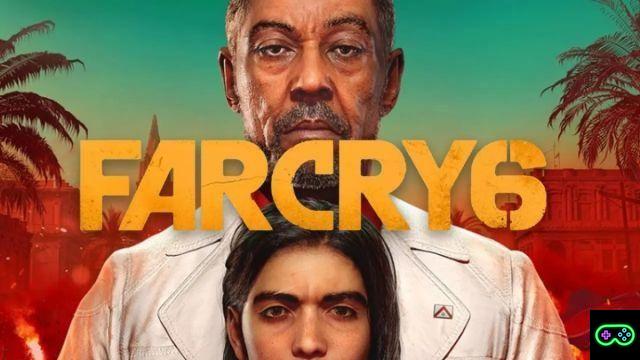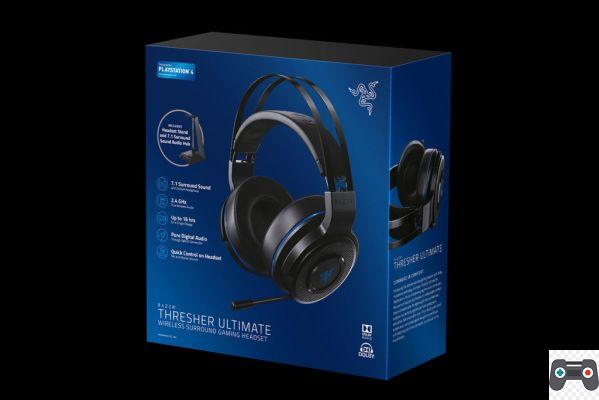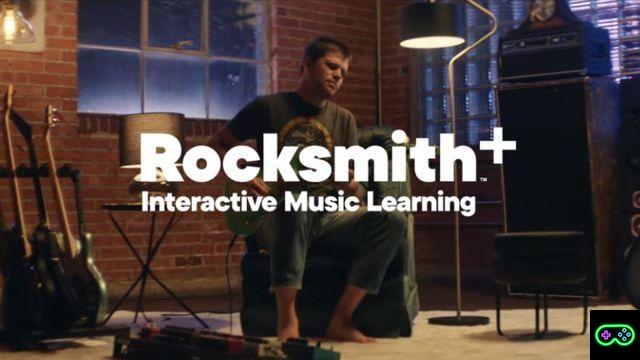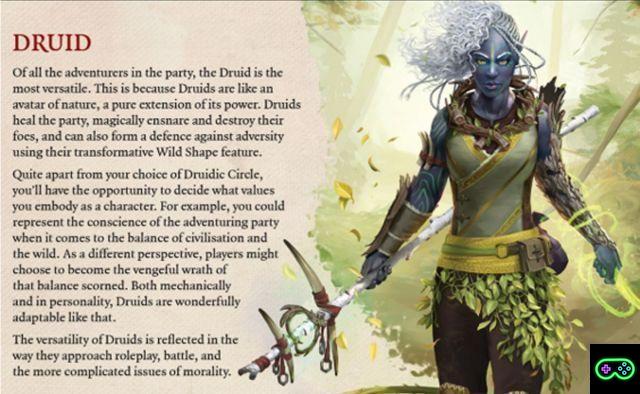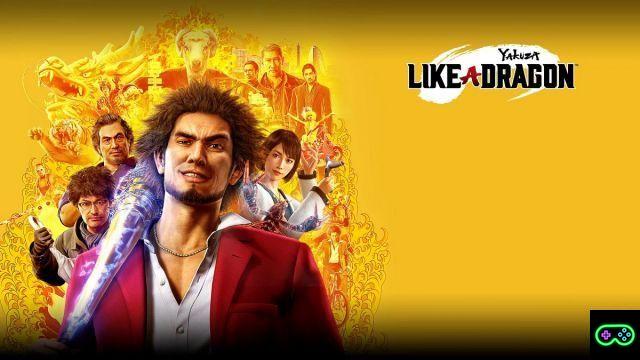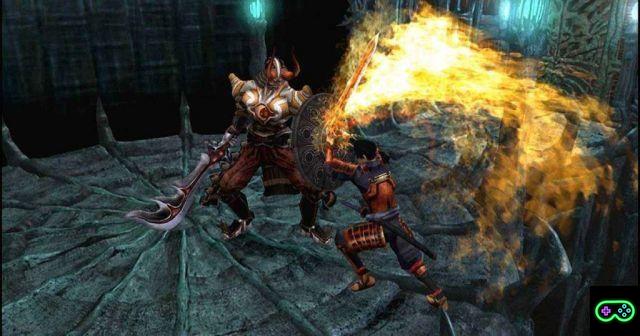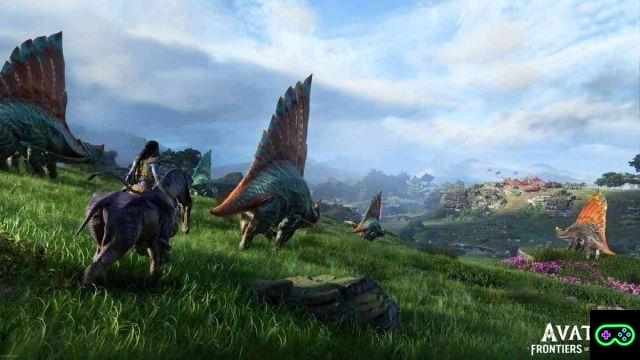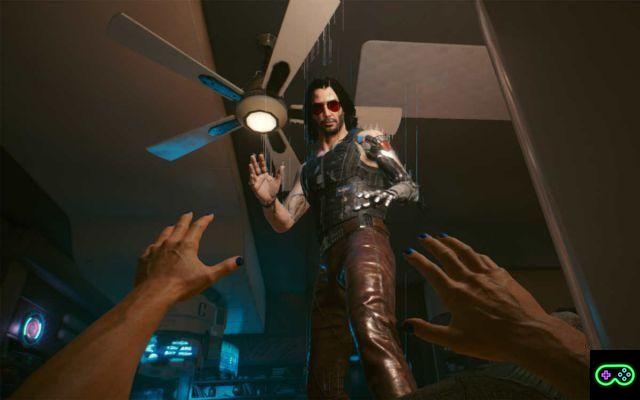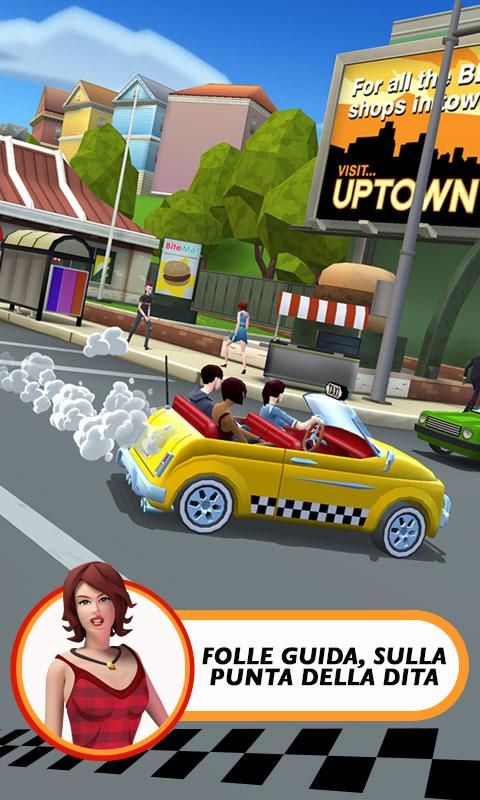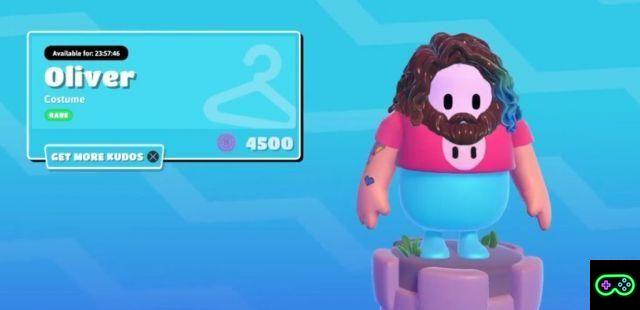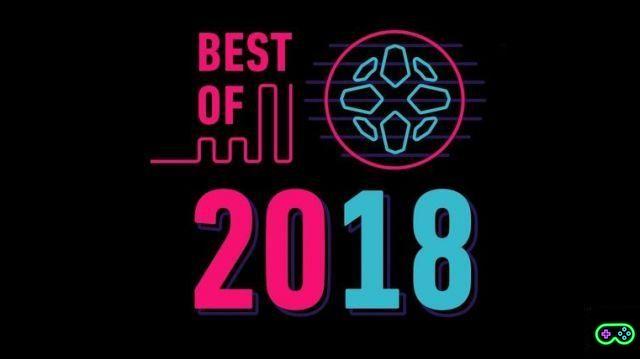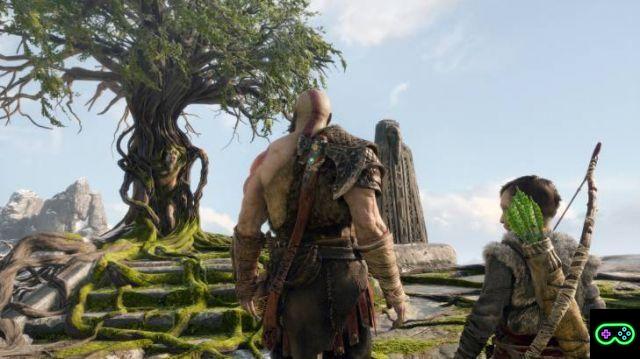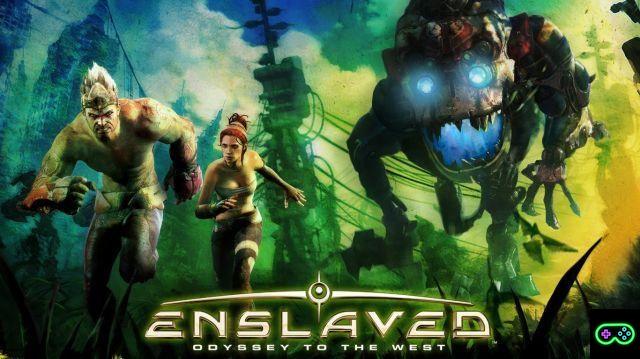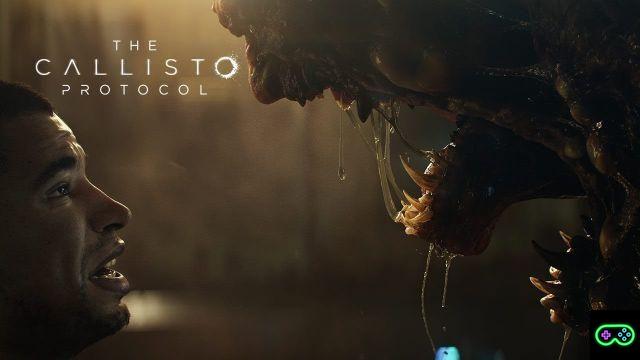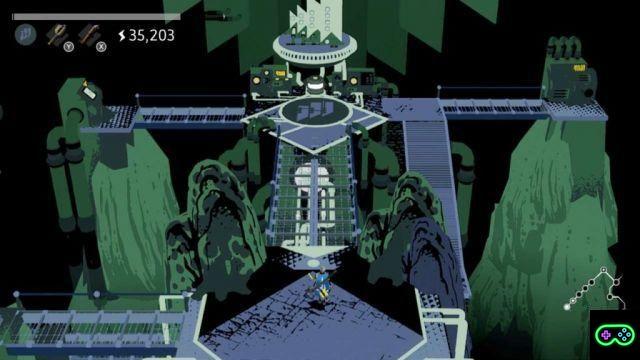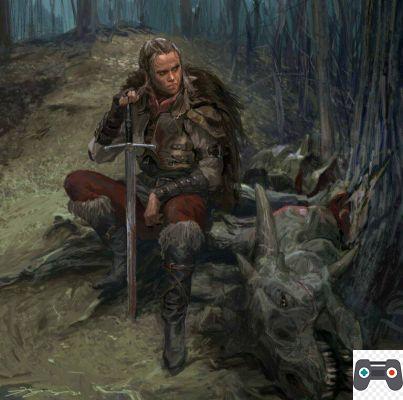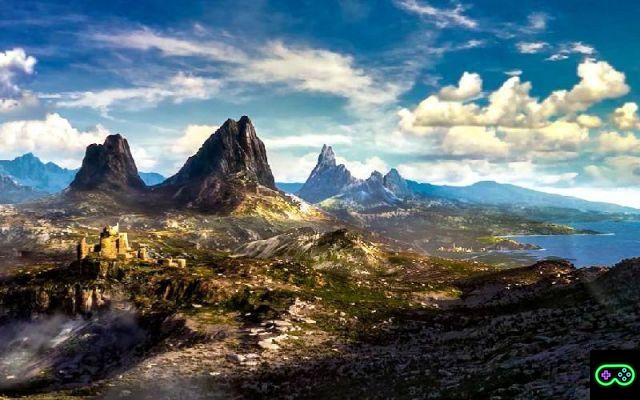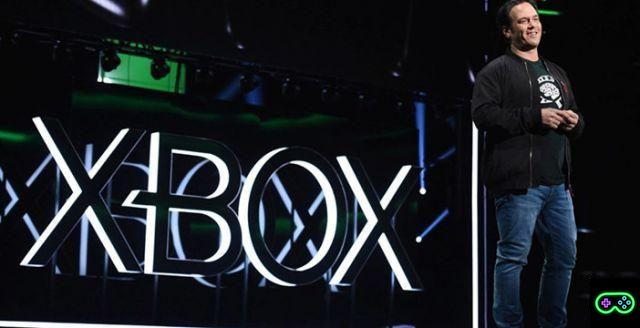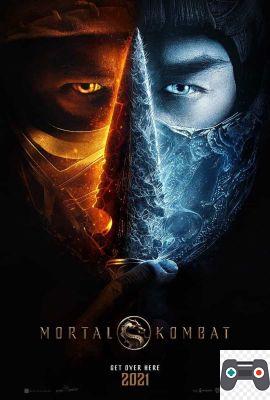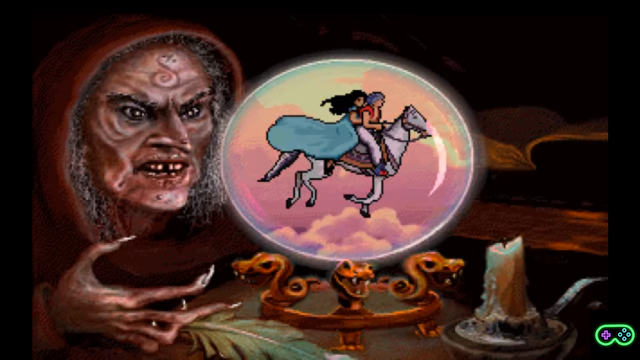On May 27, the 35th Anniversary of Dragon Quest, an occasion that was celebrated through a live broadcast entirely dedicated to announcements on the future games of this historic franchise. Among them, also Dragon Quest XII: The Flames of Fate.
I love Dragon Quest, it's a series that has been with me since I was 6 and my mother bought me Dragon Warrior Monsters for Game Boy Color (it was all in English, I understood absolutely nothing, but I had a lot of fun), so I wanted to write this article to talk about what he gave us Dragon Quest XI, how the latter connects with the original trilogy and why these stories will be important to The Flames of Fate.
I wanted to explore the depths of theories to analyze the Dragon Quest XI ending, so I warn you immediately: this special contains massive doses of spoilers on various games in the series, follow me with that in mind.
Understanding an ending
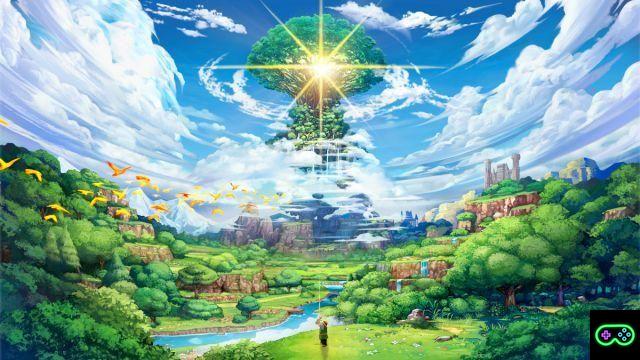
In 2018 I spent around 150 hours before getting Dragon Quest XI Platinum on PS4, and the ending hit me deep in my heart, but not just for being a great ending.
Dragon Quest is often compared to Final Fantasy, but the two have to be seen as two great paths to walk through from the JRPG narrative.
Final Fantasy has always focused more on all different worlds for the main series, worlds that would then be repurposed in various spin-off titles.
Dragon Quest, on the other hand, has taken a different approach for many years.
Dragon Quest I, II and III make up the Erdrick trilogy, while IV, V and VI make up the Zenithia trilogy.
Only with the arrival of Dragon Quest VII, which took place in 2000, did we move to a narrative more linked to worlds created specifically for the game in question.
This tradition continued for many years, but at the same time Yugi Horii and the other authors of the series continued to insert links between the various playable worlds.
Various links were purely related to special locations where the player could face classic bosses of the series, but others constituted real interactions between different worlds.
I am talking, for example, of Atlas, boss of Dragon Quest II who 22 years later turned out to be a being from the world of Dragon Quest IX.
Further years later, however, Dragon Quest XI did something quite different.
The future of the Hero
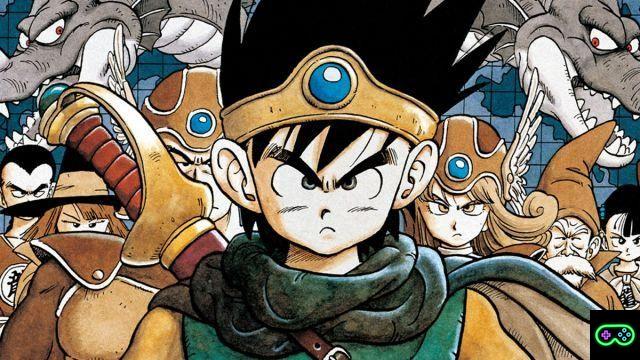
On the final we discover that the sacred tree Yggdrasil it is none other than Yggdragon, being that in the past it assumed its own tree shape and then gave life to Erdrea.
Yggdragon clearly tells us that in the future, who knows when and in what form, the darkness will arise again, However, there will always be someone ready to counter it and it is precisely in that moment that we see the future: the protagonist of Dragon Quest I grabs the Sword of Light, in its day called Spada in Erdrick, and prepares to travel into the dark Dragonlord's Castle.
As if that were not enough, after the credits, we find ourselves at the beginning of Dragon quest iii. The mother of the protagonist (canonically called Ariel) puts away a book that tells the ancient events of Dragon Quest XI and goes to wake up his son, reproducing the very opening scene of the third title of this series.
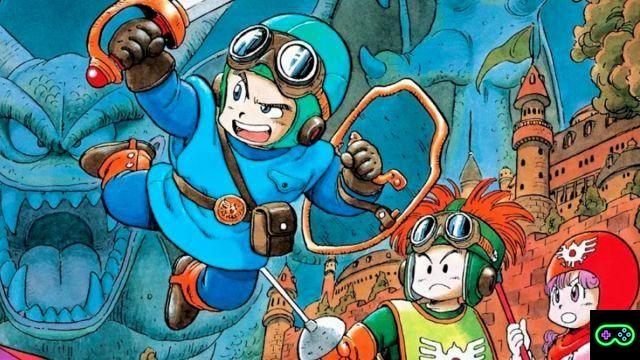
Overall, Dragon Quest XI transforms the Erdrick Trilogy into Erdrick's Tetralogy, as we discover the origins of many things such as the origins of Sword of Light, which became known millennia later as the Sword of the Kings (specially reforged).
Further years later it took on the name of Spada in Erdrick and came first used by the protagonist of Dragon Quest I and finally from the main princes of Dragon Quest II.
As for the lands of Erdrea, they recall those of Dragon Quest III for a "thematic" factor.
Both games revolve around cities that are inspired by real-world nations.
For example, DQIII's Jipang and DQXI's Kaldoh are inspired by Japan and share both the soundtrack and the dialect spoken by the citizens.
The future without a hero
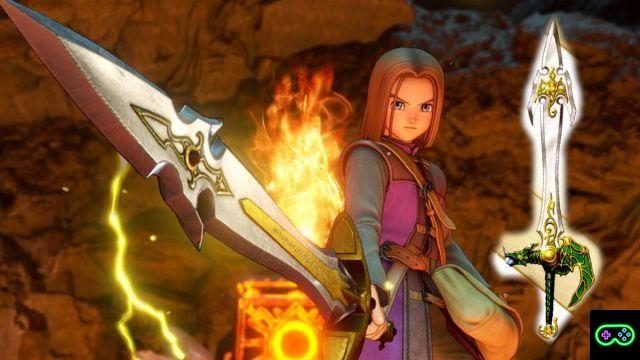
Yes, this article says very explicitly “it takes us back to the original trilogy”, but I want to embark on a short digression on an interesting theory related to the Zenithia Trilogy.
Also in this trilogy there is an iconic sword, which takes the name of Zenithian sword.
The very interesting detail lies in the fact that the beginning of the third act of Dragon Quest XI divides the timeline into two paths: in one of them we play the third act of the game and everything proceeds up to Dragon Quest III.
In the other, however, we have a future without a Hero and without a Sword of Light, yet the companions left behind still have an object: the Sword of the Supreme Light that the Hero broke to go back in time.
This sword bears strong resemblances to the Zenithian Sword and numerous fans think that perhaps in that timeline the Sword of the Supreme Light was reforged to a partially different appearance.
Enjoying the series
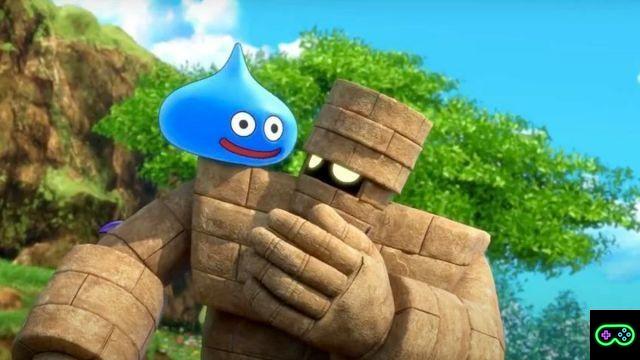
At this point, I would like to answer a question that some of you may have asked: Does this change anything in understanding the story of the Dragon Quest games?
No.
Dragon Quest is cool for that too.
As much as Yugi Horii and those who collaborate with him wanted to create subtle connections between all these games, in the end all these pearls can be played without worrying about the rest.
Do I have to have played those previous six games to appreciate Dragon Quest XI?
No, although obviously I'm the first to advise you to do it to discover the origins of the JRPG and many details that have characterized future games.
For example, did you know that in an old interview broadcast on FujiTV it was revealed that one of the biggest influences of Pokémon was the ability to obtain and manage monsters in Dragon Quest V? I would also like to give you the link to watch it, but unfortunately it has recently been removed from YouTube. Or did you know that in Pokémon there is an exchange because Satoshi Tajiri e Ken Sugimori were playing Dragon Quest II, but Sugimori had the very rare Mad Cap twice while Tajiri had not once?
At that point, a very envious Tajiri decided that in Pokémon the players would have a swap function, so he chose the Game Boy as the console because, unlike the Famicom, it would allow its introduction.
In short, it's nice to have a well-defined chronology, though Dragon Quest it also exists to give you partially linked gamesi, but which you can use easily.
Pure Dragon Quest Builders it's all built on an event-based premise from the first Dragon Quest, but you don't need to play both.
Doing so is just an act of love for this historic and magnificent series, but not something you have to do. Who knows, maybe one day another Dragon Quest there will show Erdrea's change to the lands of Dragon Quest III, but I'm sure you will be able to fully enjoy it even if it will be the first time you approach the series.
Now, you might think that this deep general reflection is the end of the article, that classic TV series closing speech where the end of an episode is accompanied by nice background music. Wrong! You are clearly deluded who believe they can silence me when it comes to Dragon Quest. Let's move on to the next topic.
The maturity of Dragon Quest XII
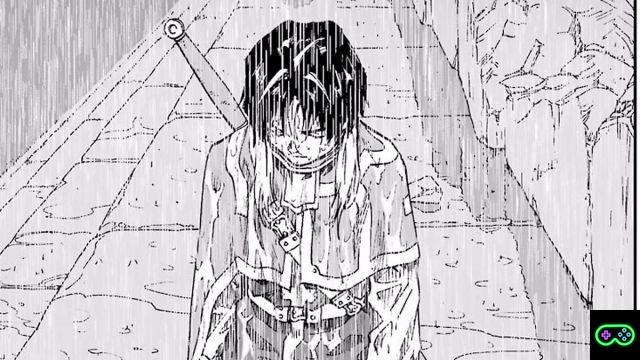
During the 35th Anniversary celebration, Yugi Horii said that Dragon Quest XII will explore a more mature story than the rest of the series.
Not that the other games haven't had several very strong punches in the stomach, but apparently with this The Flames of Fate they want to propose something new.
On the other hand, the Dragon Quest spin-offs have always been very experimental and the main series itself has progressively introduced various aspects that over time have become normal characteristics of subsequent titles. In this case, the apparently more mature tones do not particularly surprise me and I want to explain why.
Maybe you know Dragon Quest: The Emblem of Roto, milestone of the 90s manga that tells the story of Arus, a direct descendant of the protagonist of Dragon Quest III.
History expands many aspects of the world of the Erdrick Trilogy, a world that at the time could not be explored so much in games for a reason as trivial as it is important: each additional line of text increased the size of the games and it could not exceed a certain threshold.
The manga made it possible and the author Chiaki Kawamata, accompanied by drawings by Kamui Fujiwara, gave birth to a great work.
NOTE: : A little curiosity that maybe many still don't know. Erdrick is the westernization of the title Roto, which is itself a transliteration of the original Lotto (a bit like One Piece's Luffy is westernized with Luffy). In video games, Erdrick is always used, while in the españole translations of manga it was decided to keep Roto, but in the end the title is literally identical and The Emblem of Roto could also be titled The Emblem of Erdrick. Also, in case you are wondering, Erdwin of Dragon Quest XI is a deliberate mangling of Erdrick, so much so that in Japanese he cripples Roto by calling himself Roshu.
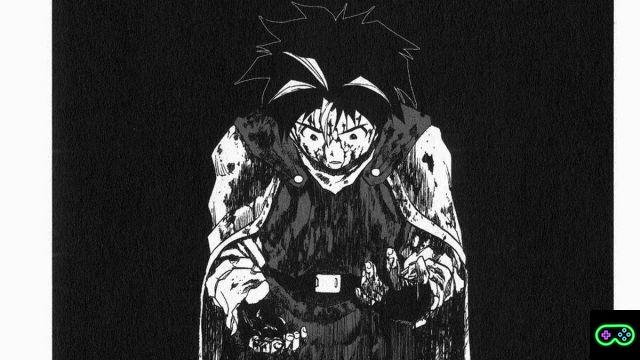
The Emblem of Roto told a story closely linked to the classic journey of the Hero (but now the complete picture also makes us understand how many millennia can have passed from the XNUMXth to the XNUMXrd).
Subsequently, in 2004 it came out The Return of the Roto Crest, story that served as a prologue to the true sequel to the first manga: The Emblem of Roto II: The Heirs of the Emblem. Begun in the same year as its prologue, Heirs of the Emblem began to tell a new story that would delve into further characters and aspects of the game world, but with one difference, namely the more mature tone.
Already in 2004 Dragon Quest decided to experiment with a story dedicated to "slightly older children" and in Japan the series was a huge success continuing with really interesting stories for over 15 years and ending with its latest chapter released in January 2020.
Japan is extremely fond of The Emblem of Roto and its sequel has accompanied both the growth of many kids and the adult life of people who knew Dragon Quest in its early days.
The more mature tones of The Heirs of the Emblem are nothing new for the Japanese and, to be honest, now they shouldn't be for the Españoles either.
This because Italy and France are the only countries where The Heirs of the Emblem has received a translation. Many people ask for an English translation, but in the meantime Italy has already exceeded half of the entire publication!
Apart from this small digression, the fact remains that experimenting with Dragon Quest XII, perhaps giving it a tone more similar to The Heirs of the Emblem, it is not so surprising, but it puts a lot of curiosity.
With The Heirs of the Emblem finished for over a year, Dragon Quest XII: The Flames of Fate can really be the spiritual heir of what that manga gave life to and who knows if even in this case Yugi Horii will want to give us further links of fans will discuss for years.




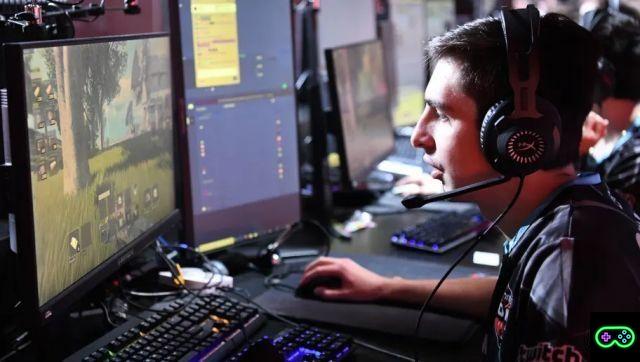
![[The Bear's Lair] God of War: Betrayal and Greek mythology](/images/posts/17432d3b12ecfec44b0b855d20c7520f-0.jpg)
